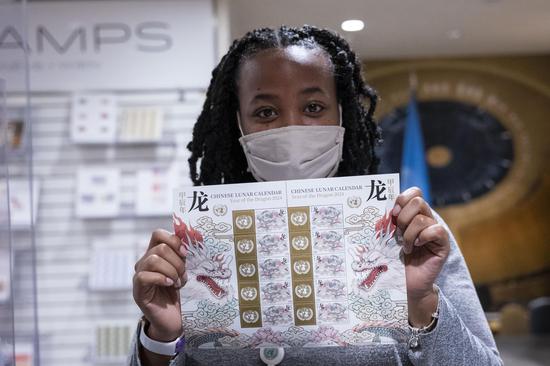Influenza B has overtaken influenza A as the dominant respiratory illness circulating in China, while the overall flu epidemic is showing signs of subsiding, according to official data and experts.
The latest data released by the Chinese Center for Disease Control and Prevention shows that influenza B cases accounted for 56.4 percent of all influenza-like samples from Jan 8 to 14, surpassing influenza A cases for the first time this winter.
The overall positivity rate for influenza across the nation fell compared to the previous seven-day period, but remained higher than the same time in the past three years, said the China CDC.
In Beijing, local health authorities said on Wednesday that the positivity rate for influenza in the past week stood at 49.9 percent, down by 10 percentage points from the peak recorded in early December.
"Influenza A infections dominated the initial phase of this round of epidemic, but for the past week, the ratio of influenza B infections rose to 88.5 percent," said the Beijing Center for Disease Prevention and Control.
"The flu epidemic remains at a high level but is beginning to trend downward."
The city is seeing a low prevalence of COVID-19 infections, but the proportion of cases with JN.1 — an emerging variant that is spreading fast globally — has been rising, along with the number of total infections.
Li Tongzeng, a chief infectious disease physician at Beijing You-An Hospital, said on Jan 15 that each day he receives about less than three patients diagnosed with influenza A and dozens of cases with influenza B.
"There are many influenza B infections but the number is not rising, so the peak has likely occurred," he said in a post on microblogging platform Sina Weibo.
Li added that symptoms of and therapeutics for influenza A and B infections are similar, and most people can recover within a week without special interventions.
"Vulnerable groups should be put on antiviral drugs promptly to reduce the risk of developing into severe cases," he said.
"Many people who were confirmed as having contracted the virus continued going to school or work, prolonging the length of the epidemic."
Li added that with the Spring Festival holiday approaching and more people traveling domestically or making cross-border trips, the number of JN.1 infections will increase and become the dominant strain.
"The majority of people in China were infected before and now harbor immunity. So even if the COVID-19 epidemic rebounds domestically, medical systems won't feel as much pressure as in previous outbreaks," he said, adding that early diagnosis and treatment remain essential for vulnerable groups.
Authorities in Beijing said that fever clinics at its 300-plus medical facilities are open to meet the demands of patients and all community healthcare service centers are equipped with COVID-19 drugs and medications for influenza.


















































 京公网安备 11010202009201号
京公网安备 11010202009201号